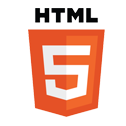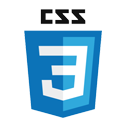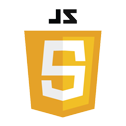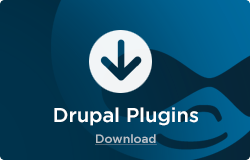Large Ministry Website
In this Drupal migration project we successfully moved a large content website over to Drupal and integrated it with multiple channels of content flow with the help custom Drupal modules.
Project Summary
Drupal is well known for its modularity and structure for content management of websites that are heavily content oriented with ongoing release of fresh content of all types. This ministry website was well suited for maximizing all of the Drupal’s capabilities and that is why we decided to build this system in Drupal. Our client had an existing website that had grown to a point where managing content in a traditional fashion was no longer feasible. We programmed several custom modules as a part of this migration project and helped move all of the content to the new Drupal system.
One of the exciting features of this system was the streamlined and automated flow of content from external systems maintained by the ministry. We also implemented an integrated shopping cart that featured the ministry products on multiple sites. Tracking user flows was an important aspect of this site as the ministry maintained multiple traffic sources and needed to track the content views and product sales. We implemented custom tracking algorithm throughout the site to enable the business logic required by our client. A few Drupal microsites were also created as a part of this project.
Technologies
PHP, MySQL, HTML, CSS, Java Script, jQuery, AJAX, Drupal, XML, JSON, Web Services
Use Case Summary
The main use cases of this system are listed below. These use cases refer to the web application portion of the entire system. Mobile use cases are not included in this case study.
- Login
- User Registration
- Search/Advanced Search
- Video Blog
- Television Listings
- Online Donation
- Shopping Cart
- URL Tracking
- Event Management
- Online Event Registration
- Newsletters
- Social Media Integration
- Internationalization
- API Integration
- Theme Implementation










 PHP Development
PHP Development WordPress Development
WordPress Development Joomla Development
Joomla Development Drupal Development
Drupal Development Magento Development
Magento Development Vtiger Development
Vtiger Development







